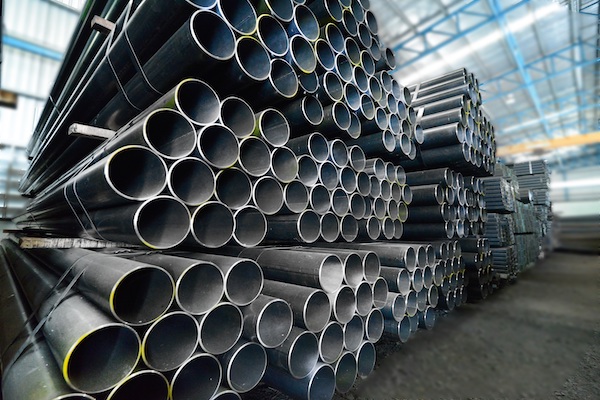Well, these equations correspond to a general overview. These relevant equations are given for each stream. In this case, only one component is being separated from the mixture.
 |
| Simple sketch of an absorption equipment showing its streams. |
Notice that in the figure above, $x$ is used for all mol fractions in the streams for the sake of clarity. However, $x$ for the liquid and $y$ for the vapor phase are to be used. Also, $L_S$ and $G_S$ represent the solvent streams.
For the gas mixture inlet at the bottom
For this stream, the mol ratio is defined as,
$Y_1=\dfrac{y_1}{1-y_1}=\dfrac{\bar{p_1}}{p_t-\bar{p_1}}$ Eq. (01)
The stream of gas mixture entering the tower is composed of,
The solvent part of $G_1$ is represented as $G_S$. The flow rate of solvent $G_S$ in $G_1$ or $G_2$ is defined as,
$G_S=G_1y_{1S}=G_1\left( 1-y_1 \right)=\dfrac{G_1}{1+Y_1}$ Eq. (03)
where $y_{1S}$ is the mol fraction corresponding to the solvent in the gas mixture at the inlet. Since $G_1$ is a gas stream, it is natural to think that $Y_1$ can be expressed in terms of the total $p_t$ and partial $\bar{p}$ pressures too.
For the gas mixture outlet at the top
The gas stream at the top is $G_2$. Since no solvent in $G_2$ is passed to the liquid phase, it is straightforward that $G_S$ is the same at the bottom and at the top of the tower. Also, $y_{1S}=y_{2S}$, too.
For this stream, the mol ratio is defined as,
$Y_2=\dfrac{y_2}{1-y_2}=\dfrac{\bar{p_2}}{p_t-\bar{p_2}}$ Eq. (04)
The solvent stream can also be estimated using the top data, with,
$G_S=G_2y_{2S}=G_2\left( 1-y_2 \right)=\dfrac{G_2}{1+Y_2}$ Eq. (05)
For the liquid mixture, or not, inlet at the top
For the liquid phase, the story is very similar to the phase stream. The mol ratio is defined as,
$X_2=\dfrac{x_2}{1-x_2}$ Eq. (06)
while the liquid solvent stream is defined as,
$L_S=L_2x_{2S}=L\left( 1-x_2 \right)=\dfrac{L_2}{1+X_2}$ Eq. (07)
where again $x_{2S}$ is the mol fraction corresponding to the solvent in the liquid mixture at the inlet $L_2$. Since no part of the liquid solvent is passed to the gas stream,
$x_{2S}=x_{1S}$ Eq. (08)
too.
For the liquid mixture outlet at the bottom
For the bottom of the tower, the equations are barely the same as Eqs. (06-07).
Ildebrando.





